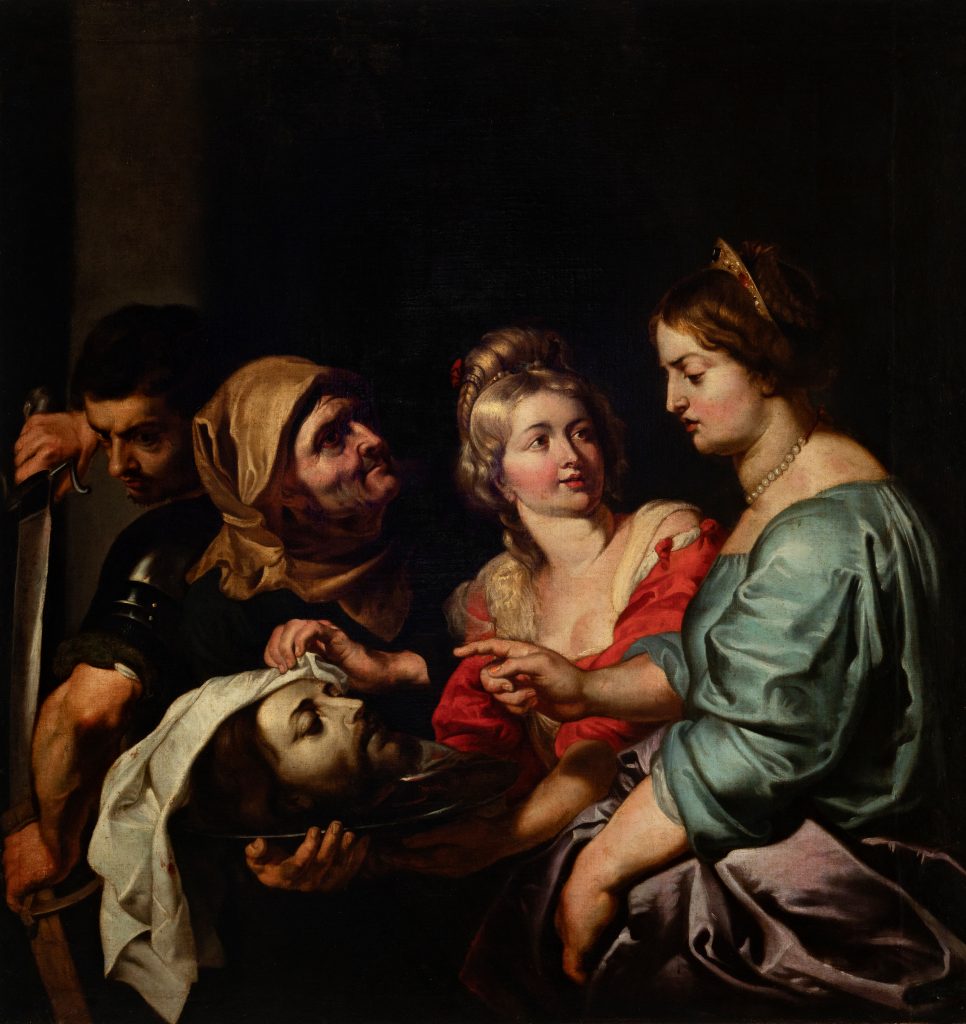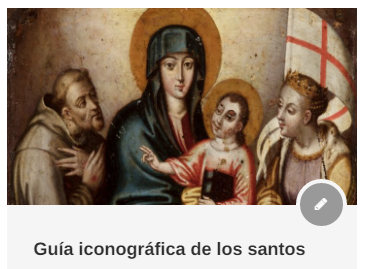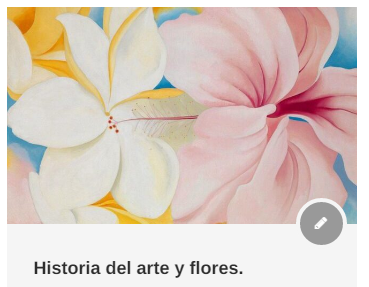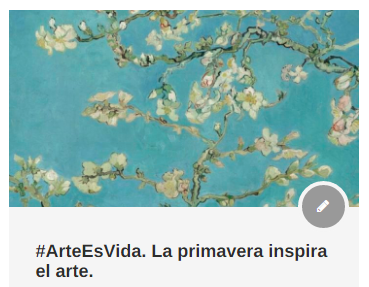Biblical femme fatale through art
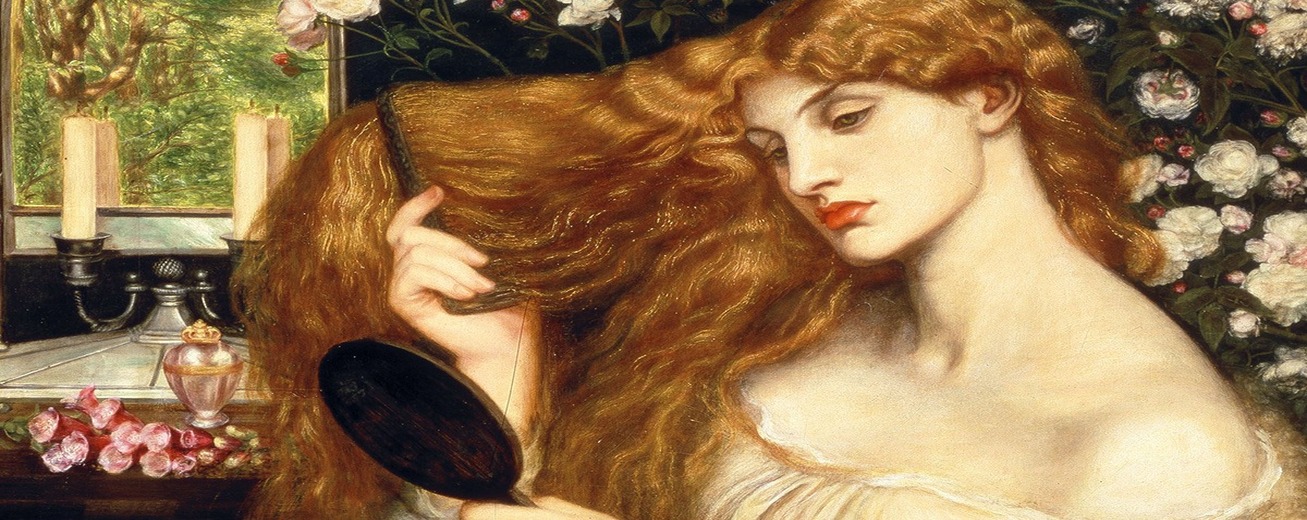
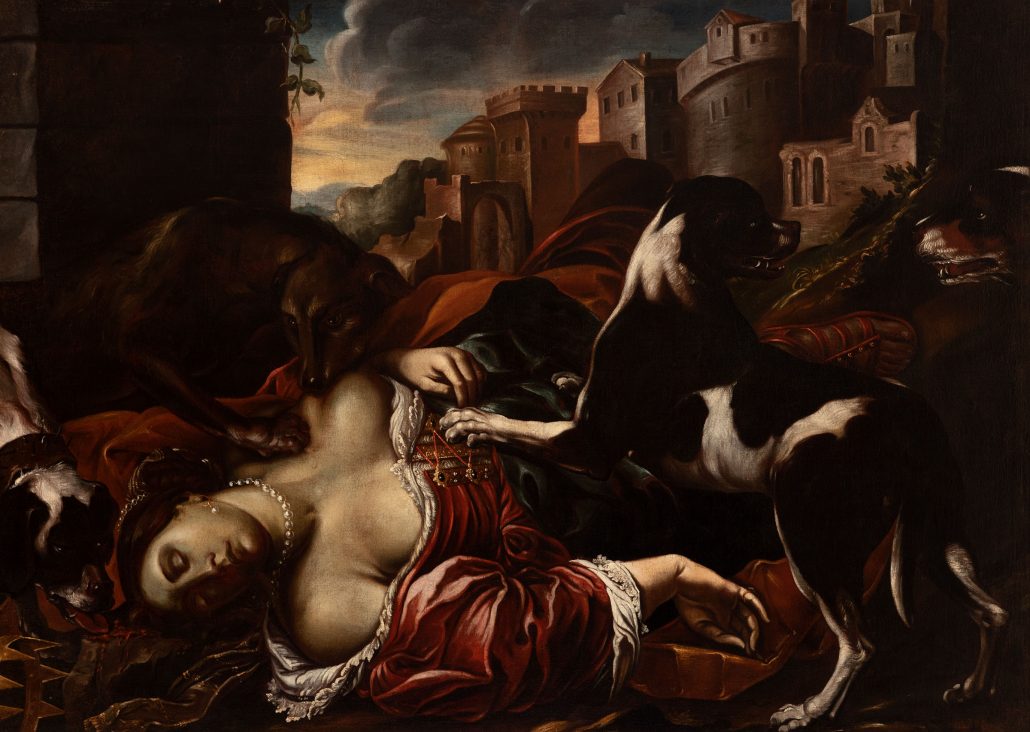
The image of women has been studied and defined throughout history through art, literature and even science, the prototype of the “femme fatal” being one of the most deeply rooted in our cultural imaginary. The construction and definition of this stereotype was born in the 19th century from the hand of literature and art where this perception of women as a perverse, demonic and seductive being that leads its male victims to perdition, spread and imposed in all spheres of society. However, the myth of the femme fatal has been present since ancient times both in the folklore of ancient cultures and in mythological and biblical stories. In fact, many of its female protagonists represent the paradigm under which, centuries later, the prototypical image of the femme fatal would be built.
In this sense, art finds in biblical writings one of its original sources to build this iconography whose image and attributes will define the destructive and mysterious conception of the female gender. Faced with the archetype of a pure innocent woman and classical beauty, the pictorial universe was filled – especially among the Pre-Raphaelite, Symbolist and Modernist painters – with perverse Liliths, Salomés and Judiths.
Without going any further, the figure of Eve symbolizes the first “queen of sin” in the history of humanity, being the woman who unleashed original sin in the world, after convincing Adam to bite the forbidden apple. In fact, starting with Eve, the figure of the woman will be linked to the serpent on numerous occasions. After them, countless new icons of women will follow, always associated with the tempting, destructive and even demonic aspects.
Lust and betrayal are mixed in the biblical story Jezebel, the cruel queen of Israel with a debauched life who murdered Yahweh’s prophets. Regarding his iconography, we find a single artistic theme: his death. Most of his representations show us Jezebel being thrown by her servants from the window of her palace into the street, where dogs devour her corpse and lick her blood. Despite the drama of the scene, the exuberance of the queen is striking, knowing that her life was in danger, chose to dress in her best clothes as a symbol of her power ( 35148437 ).
Another woman who appears as Jezebel in the Old Testament is Judith. His story is one of the most widespread in painting, especially during the Baroque, at which time some of the most exalted works on the subject are produced, such as that of Caravaggio or Artemisa Gentileschi. In Baroque art, the account of Judith and Holofernes often centers on the beheading of the Babylonian general at the hands of Judith after the beautiful woman seduced him and got him drunk. However, although in the Baroque era the drama and bloody depiction of history were expressly sought, in the neoclassical era a more tempered and epic aesthetic is preferred.
Continuing with the tradition in which women are presented as a reason for the downfall of men, the figure of Salomé stands out, whose representation has evolved over time until becoming a true heroine during romanticism. According to the biblical account, the beautiful Salome danced for her stepfather Herod, who, totally enraptured, offered to award her whatever prize she desired. Following her mother’s instructions, the young woman asked for the head of Saint John the Baptist, which was delivered to her “on a silver platter.” Usually Salomé represents the personalization of carnal sin, an attractive and decadent woman, morally corrupt and possessed by a kind of “erotic demonism”.
The myth of the “femme fatal” has reached the art of our days, demonstrating the inexhaustible source of inspiration that it represents for artists regardless of their time and style, but also to show us how many of the acts have been perpetrated through art. the stereotypes that are still established in our society even today.
